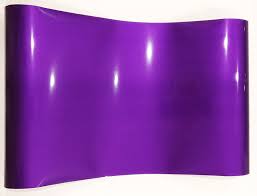What are the differences between Black Car Wrap and other colors?
When it comes to vehicle aesthetics, car wraps have become a popular choice for both personal expression and branding. Among the various options available, Black Car Wrap stand out for their unique characteristics and appeal. This article delves into the differences between black car wraps and other colors, exploring aspects such as visual impact, maintenance, and market perception.
Visual Impact and Aesthetics
Black wraps emit a sense of sophistication and elegance, often associated with luxury and power. They can enhance the contours of a vehicle, creating a sleek and polished appearance. In contrast, brighter colors can be eye-catching and playful, appealing to those who want to make a bold statement. The choice between black and other colors often boils down to personal preference and the intended message of the vehicle’s appearance.
Maintenance and Durability
One of the practical differences lies in maintenance. Black wraps tend to show dirt, scratches, and imperfections more prominently than lighter colors. Regular cleaning and care are essential to maintain their pristine look. Conversely, certain colors, particularly darker shades, may hide dirt better but can fade over time due to UV exposure. The material quality of the wrap also plays a significant role in durability.
Market Perception and Resale Value
In terms of market dynamics, black vehicles often command a higher resale value due to their classic appeal. Research shows that black is one of the most popular car colors globally, making it a safer choice for resale. Meanwhile, vibrant wraps may attract niche markets but could limit potential buyers who prefer more traditional colors.(Satin Vinyl Wraps)
In summary, black car wraps offer a unique blend of elegance and sophistication, while other colors provide opportunities for creativity and individuality. Each option carries its own set of advantages and challenges, making the choice ultimately subjective and dependent on the owner's preferences and goals. Understanding these differences can guide potential buyers in making informed decisions that align with their aesthetic desires and practical considerations.

